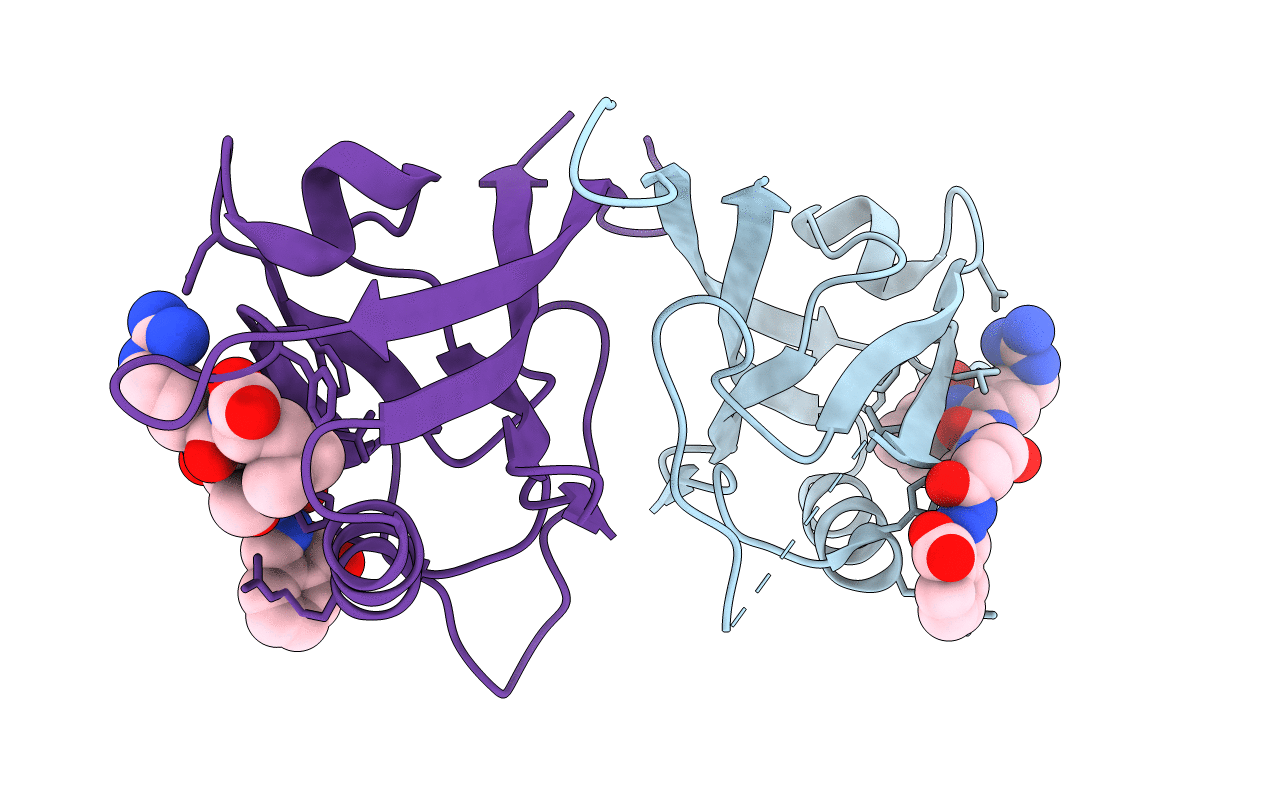
Deposition Date
2020-04-30
Release Date
2021-01-20
Last Version Date
2024-01-24
Entry Detail
PDB ID:
6YX1
Keywords:
Title:
Crystal structure of SHANK1 PDZ in complex with a peptide-small molecule hybrid
Biological Source:
Source Organism:
Homo sapiens (Taxon ID: 9606)
Host Organism:
Method Details:
Experimental Method:
Resolution:
1.80 Å
R-Value Free:
0.25
R-Value Work:
0.22
R-Value Observed:
0.22
Space Group:
P 21 21 21


